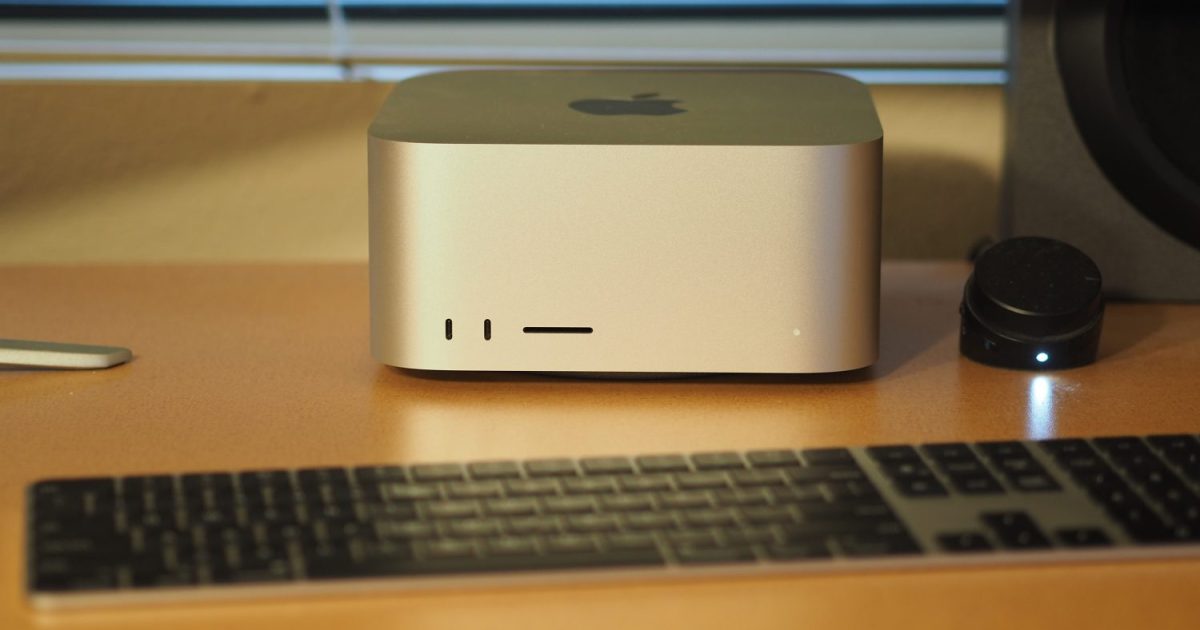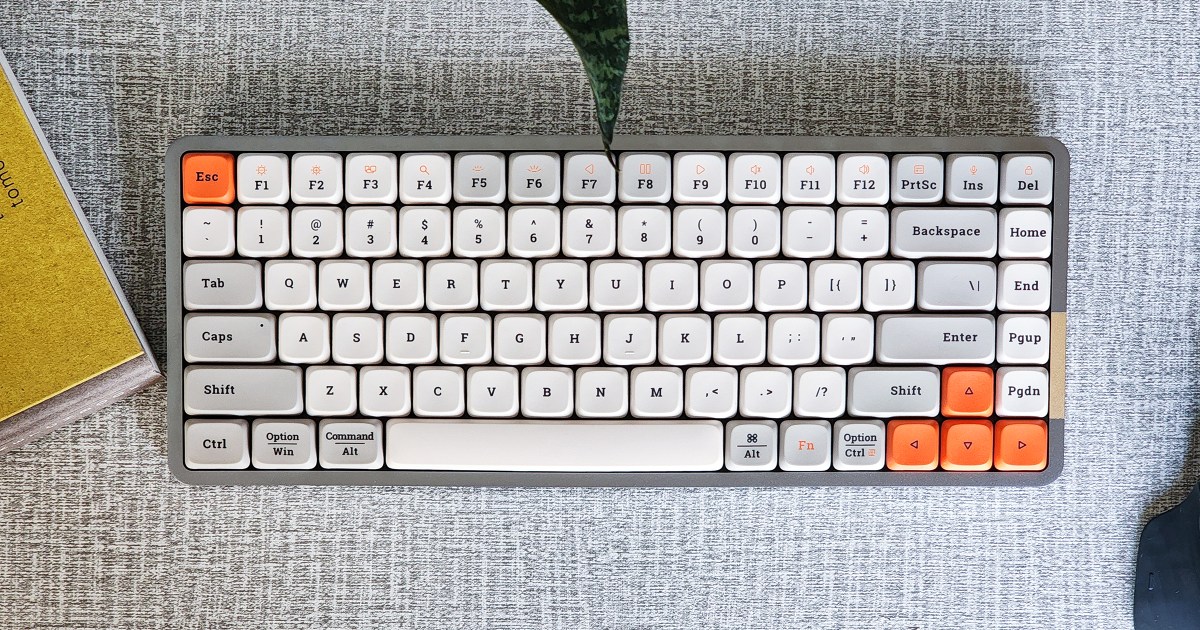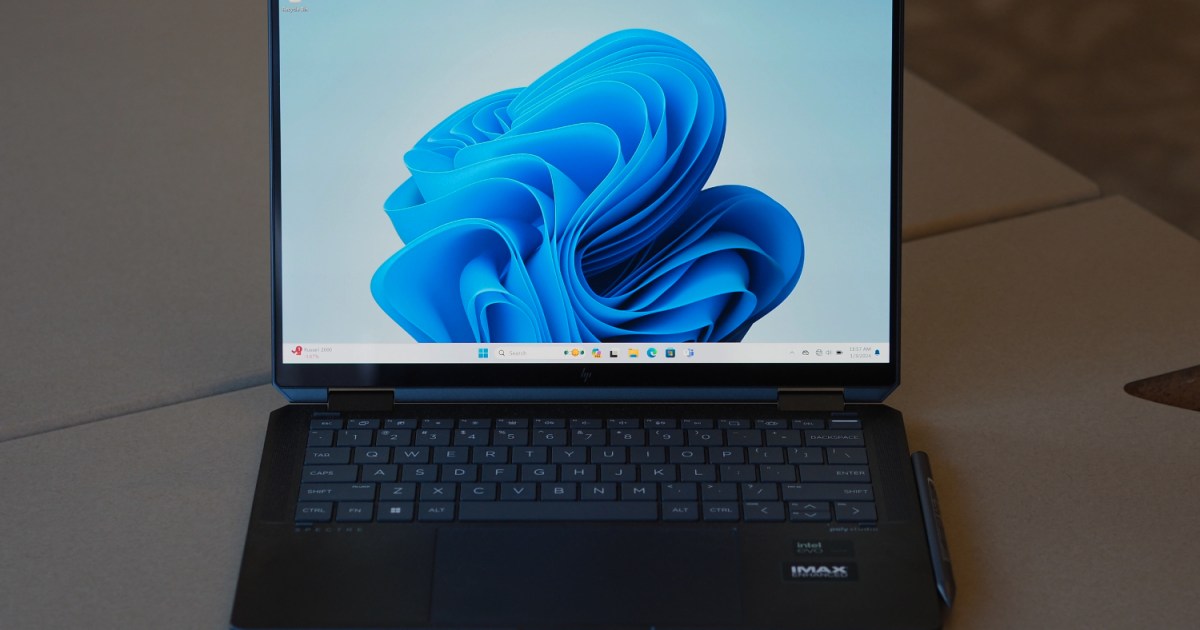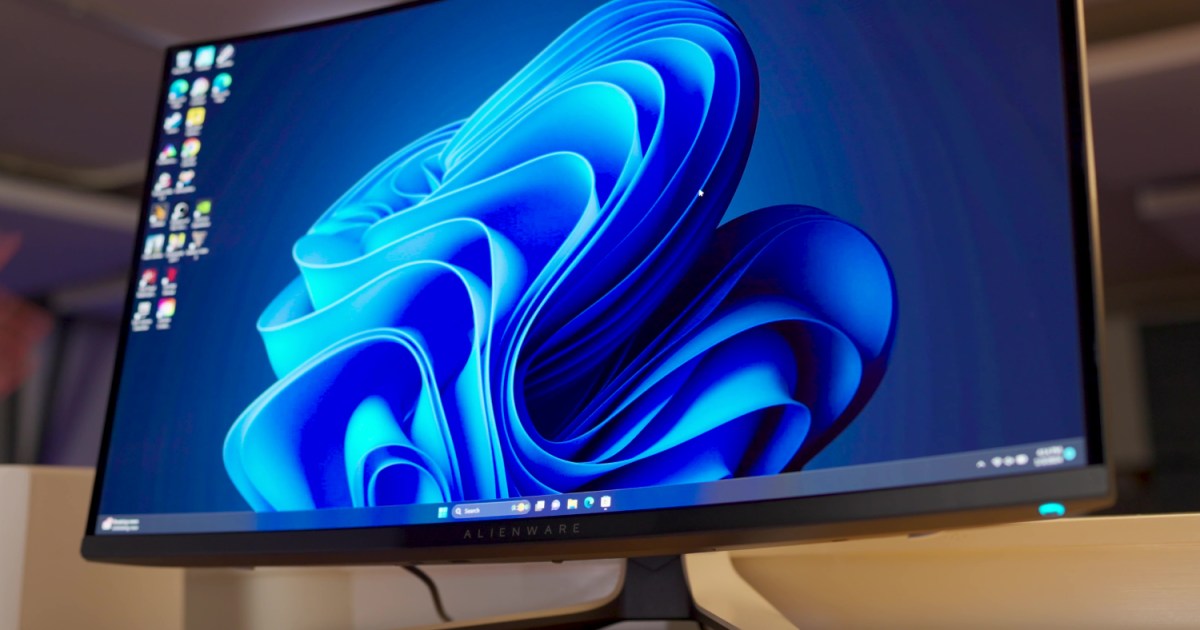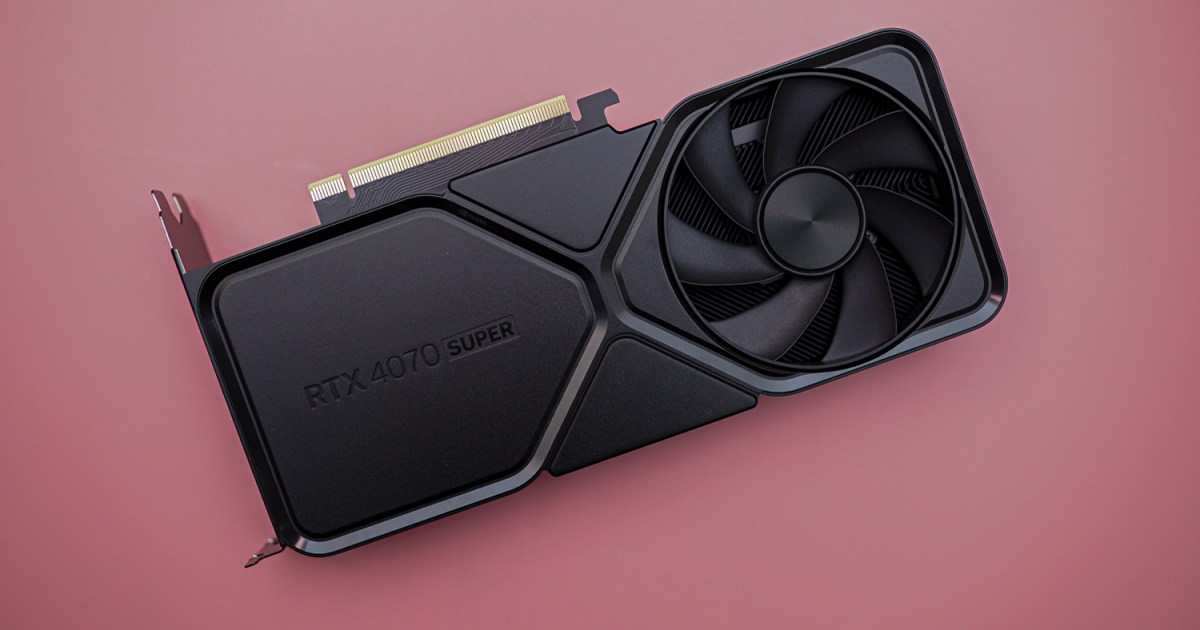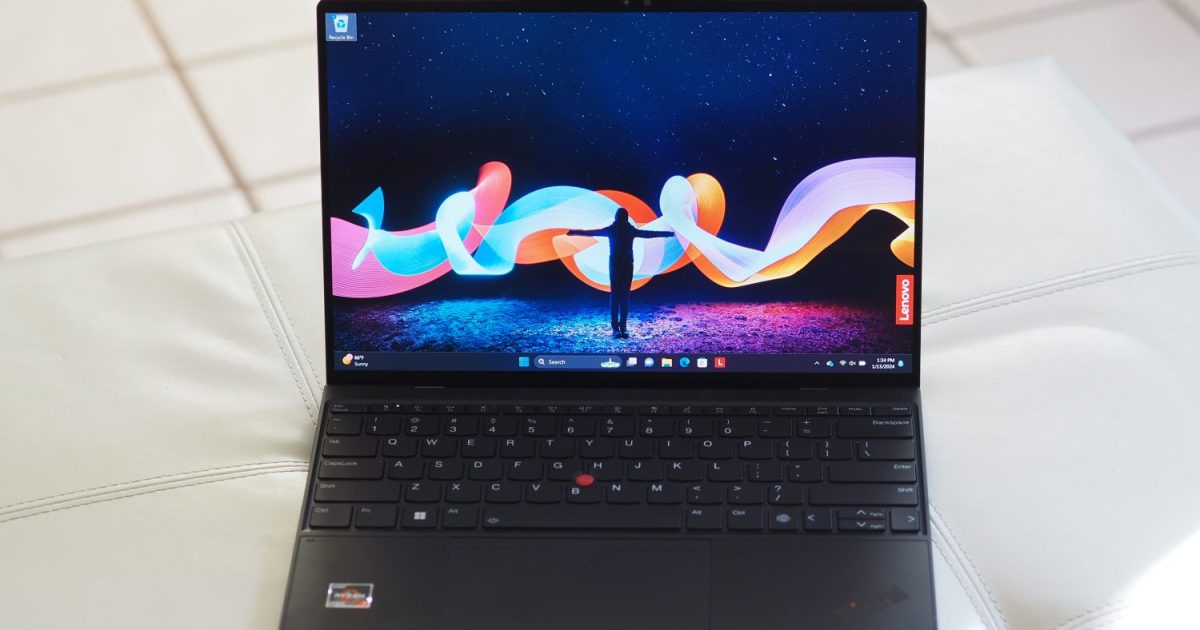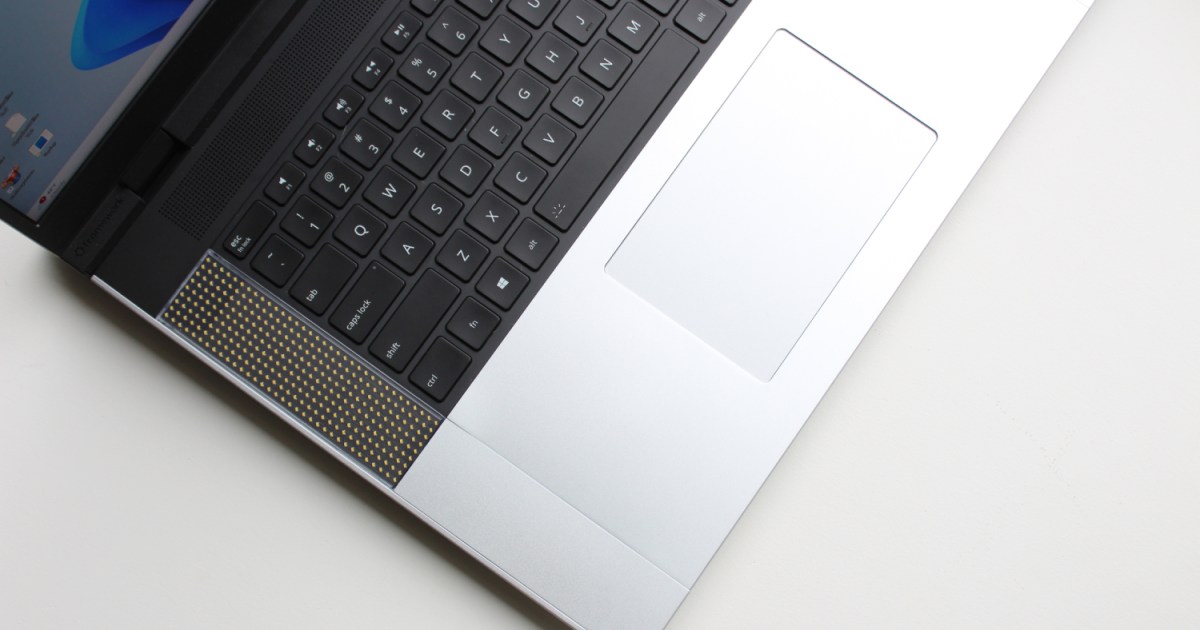The Mac Studio, released in 2022 and refreshed with M2 chips in 2023, occupies a unique space in Apple’s lineup. Positioned between the budget-friendly Mac mini and the expandable Mac Pro, the Mac Studio offers a compelling blend of power and portability. This review explores the Mac Studio’s capabilities, design, performance, and value proposition.
Design and Connectivity: A Minimalist Powerhouse
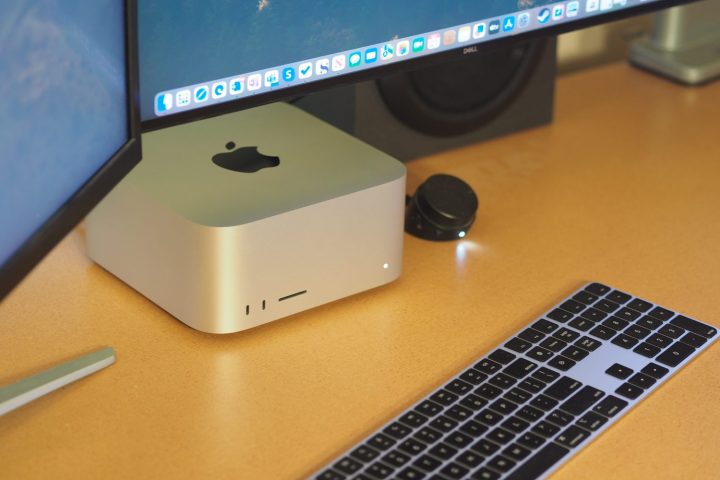 Apple Mac Studio top down view showing PC and keyboard.Image: The Mac Studio’s compact design seamlessly integrates into any workspace.
Apple Mac Studio top down view showing PC and keyboard.Image: The Mac Studio’s compact design seamlessly integrates into any workspace.
Following Apple’s signature aesthetic, the Mac Studio is crafted from a single block of aluminum, exuding a minimalist elegance. Its compact form factor, roughly the size of two stacked Mac Minis, belies the powerful hardware within. The front panel features two USB-C ports and an SD card reader, while the rear houses four Thunderbolt 4 USB-C ports, two USB-A ports (M2 Max), or two additional Thunderbolt 4 ports (M2 Ultra), HDMI, Ethernet, and a 3.5mm audio jack. This comprehensive connectivity caters to diverse workflows. Wireless connectivity includes Wi-Fi 6E and Bluetooth 5.3.
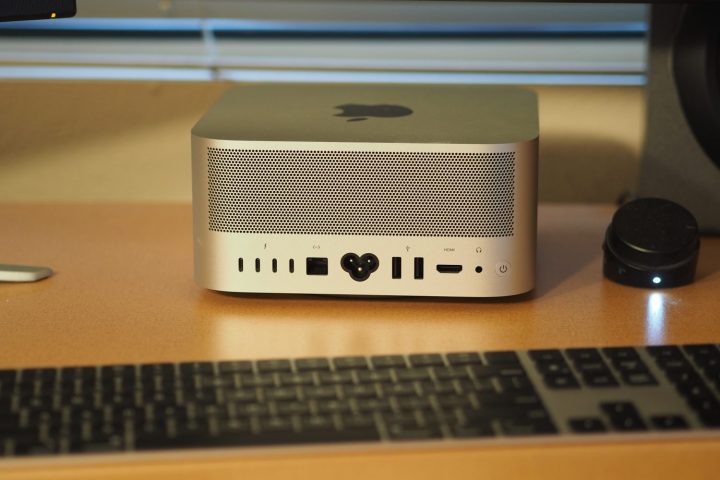 Apple Mac Studio rear view showing ports and vent.Image: Rear view showcasing the extensive port selection available on the Mac Studio.
Apple Mac Studio rear view showing ports and vent.Image: Rear view showcasing the extensive port selection available on the Mac Studio.
The Mac Studio’s remarkably quiet operation, even under heavy load, is a testament to its efficient cooling system. This silent performance sets it apart from many Windows desktops and even some MacBooks.
Performance: M2 Power in a Compact Package
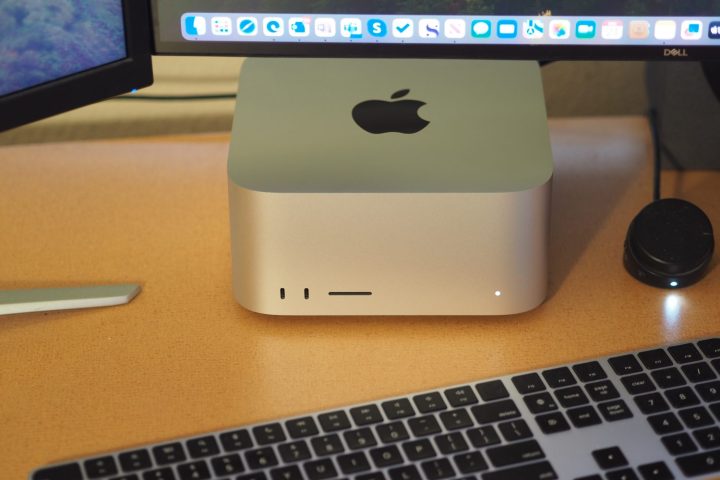 Apple Mac Studio top down view showing PC and keyboard.Image: The Mac Studio delivers impressive performance for demanding tasks.
Apple Mac Studio top down view showing PC and keyboard.Image: The Mac Studio delivers impressive performance for demanding tasks.
The Mac Studio is available with either the M2 Max or the even more powerful M2 Ultra chip, essentially two M2 Max chips combined. While powerful, it’s worth noting the emergence of the M3 Max chip in the latest MacBook Pro models. The M3 Max, built on a more efficient 3nm process, offers comparable performance to the M2 Ultra in some benchmarks, particularly with its enhanced GPU.
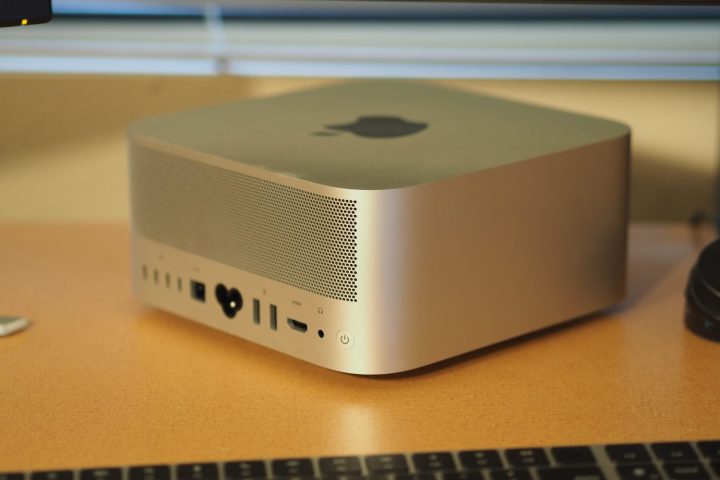 Apple Mac Studio top down angled view showing side and rear.Image: The Mac Studio’s compact design doesn’t compromise on performance.
Apple Mac Studio top down angled view showing side and rear.Image: The Mac Studio’s compact design doesn’t compromise on performance.
Benchmark results reveal the Mac Studio’s impressive speed, especially considering its size and quiet operation. However, it’s not the absolute fastest desktop available. High-end Windows PCs and the M3 Max MacBook Pro can outperform it in certain tasks, especially GPU-intensive ones.
| Cinebench R24 Single-Core | Cinebench R24 Multi-Core | Cinebench R24 GPU | Handbrake (seconds) | PugetBench Premiere Pro | |
|---|---|---|---|---|---|
| Mac Studio (M2 Ultra 24/60) | 120 | 1,870 | 7,727 | 56 | 978 |
| MacBook Pro 14 (M3 Max 16/40) | 139 | 1,522 | 12,765 | 53 | 889 |
| Custom Windows PC (Core i9-13900K/RTX 4090) | 126 | 2083 | 34,230 | N/A | 1,148 |
| Alienware Aurora R16 (Core i7-13700F/RTX 4070) | 112 | 1,070 | 16,974 | N/A | 828 |
| MacBook Pro (M2 Max) | 121 | 1032 | 5592 | 85 | N/A |
| iMac (M3 8/10) | 140 | 657 | 3728 | 112 | N/A |
Gaming and Display Support
Gaming on the Mac Studio is a mixed bag. While performance is decent for some titles, the limited game selection for macOS remains a significant drawback. The M3 Max MacBook Pro offers a better gaming experience due to its enhanced GPU.
The Mac Studio shines in its display support. The M2 Max version can drive up to five displays, while the M2 Ultra supports up to eight. This extensive display connectivity makes the Mac Studio ideal for complex multi-monitor setups.
Conclusion: A Premium macOS Desktop
The Mac Studio offers a unique combination of power, portability, and quiet operation. While expensive, especially with the M2 Ultra configuration, it provides a compelling option for macOS users seeking a high-performance desktop. Its extensive display support further distinguishes it from competitors. However, the emergence of the M3 Max MacBook Pro provides a compelling alternative, offering comparable performance in a more portable form factor. Ultimately, the best choice depends on individual needs and priorities.



